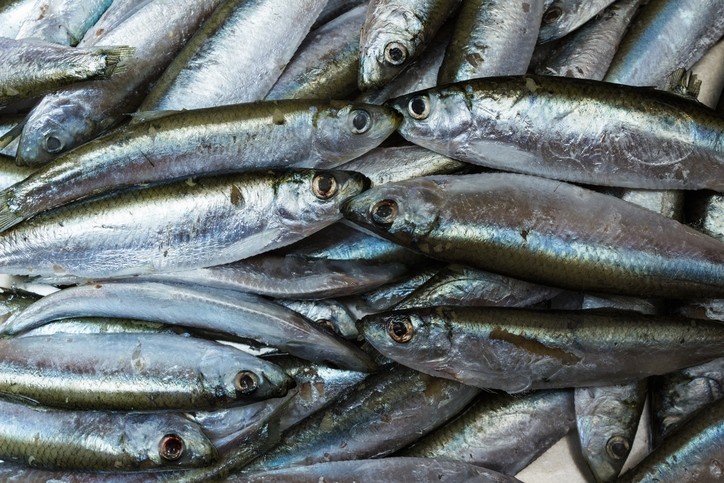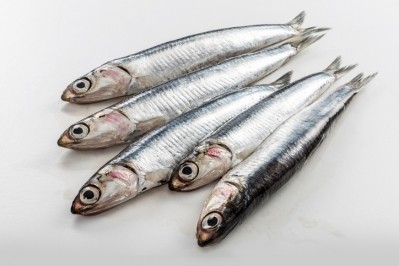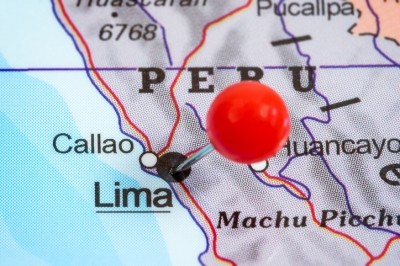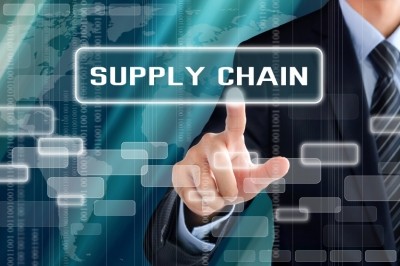Towards sustainable fishery management for Peruvian anchovy

The Peruvian fishery catches approximately 6m tons of anchovy each year, supplying the aquaculture industry with between 600,000 and 1.2m tons of fishmeal per year. According to IFFO, the marine ingredients industry association, this makes Peru the largest single producer of fishmeal and fish oil globally, accounting for around 20% of total production.
Feed producers Skretting and Cargill Nutrition both rely heavily on the fishery for their aquaculture businesses, and have pledged to support the project.
The Peruvian fishing industry, through the Peruvian National Fisheries Society (SNP), has been working together with the Center for Development and Sustainable Fisheries (CeDePesca) for some time to ensure sustainable management of the fishery.
The SNP’s next goal is to obtain ‘certifiable status’ for the fishery, according to the guidelines of the Conservation Alliance for Seafood Solutions (CASS). A FIP is a pre-requisite of this and CeDePesca is providing support in the form of technical advice and implementation.
“The CASS establishes that a comprehensive FIP must build an action plan based on a pre-evaluation against the MSC [Marine Stewardship Council] standard,” explained Ernesto Godelman, CEO of CeDePesca.
Four issues flagged
Four areas for improvement have been identified and will be addressed via the project, from the issue of catch being illegally diverted to fishmeal to demonstrating that the fishery is protecting the local eco-system.
“Most importantly, the fishery must provide robust evidence that it attends to the needs of the trophic chain. Anchovy is prey for a number of important species in the Peruvian sea, so the removals by the fishery must leave enough anchovy to prevent those species, such as sea birds, from starving,” Godelman told FeedNavigator.
The second area, Godelman said, is to improve the transparency and public availability of stock assessments.
“The Peruvian fishery research institute IMARPE (Instituto del Mar del Perú) has good research practices but needs to improve its transparency,” he said.
Thirdly, the fishery needs to provide a solution to the problem of vessels misdirecting direct human consumption catch to fishmeal due to the higher per-unit profits.
“The fleet authorized to fish for direct human consumption very often deviates from this to catch for illegal fishmeal processing plants. We need to strengthen the management system to avoid this loophole. Advancements have been made but there is still room for improvement,” said Godelman.
The fourth challenge is to understand the direct impacts of the fishery on species other than anchovy.
“To address this we will be driving an on board observers program. Once we get the outcomes, we’ll discuss whether some mitigation measures are necessary and will work to implement them,” said Godelman.
The timeframe of the FIP project is five years, but CeDePesca said it expected the fishery to be certifiable much sooner. “The current action plan is for 14 months,” said Godelman.
The Peruvian fishing industry is not the only Latin American fishery with such a project in place. CeDePesca is working on 12 FIPs across the continent, most of them sharing the common goal of obtaining CASS certifiable status.














